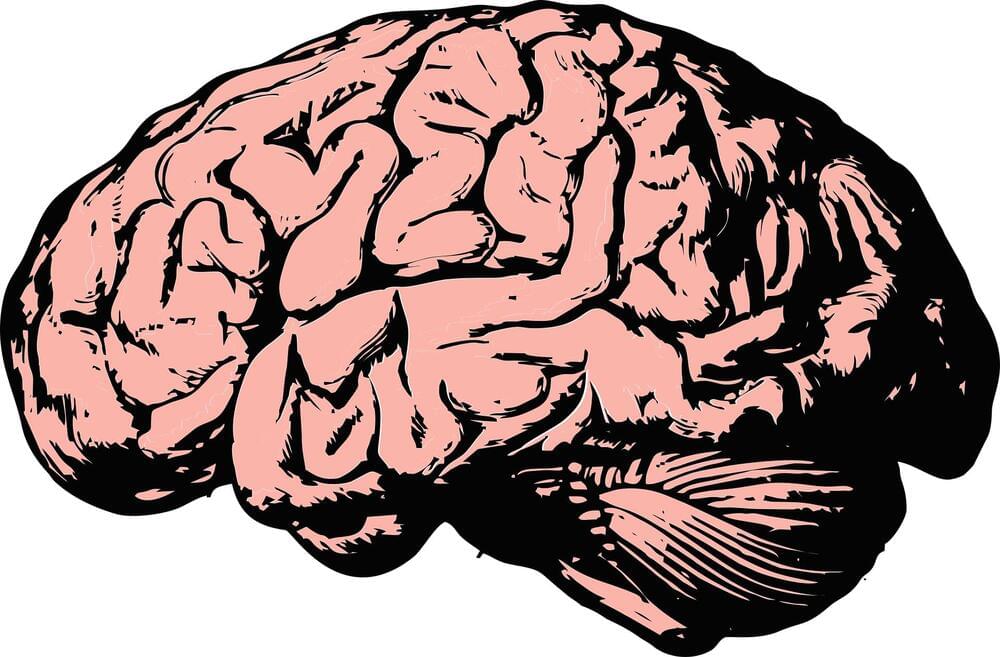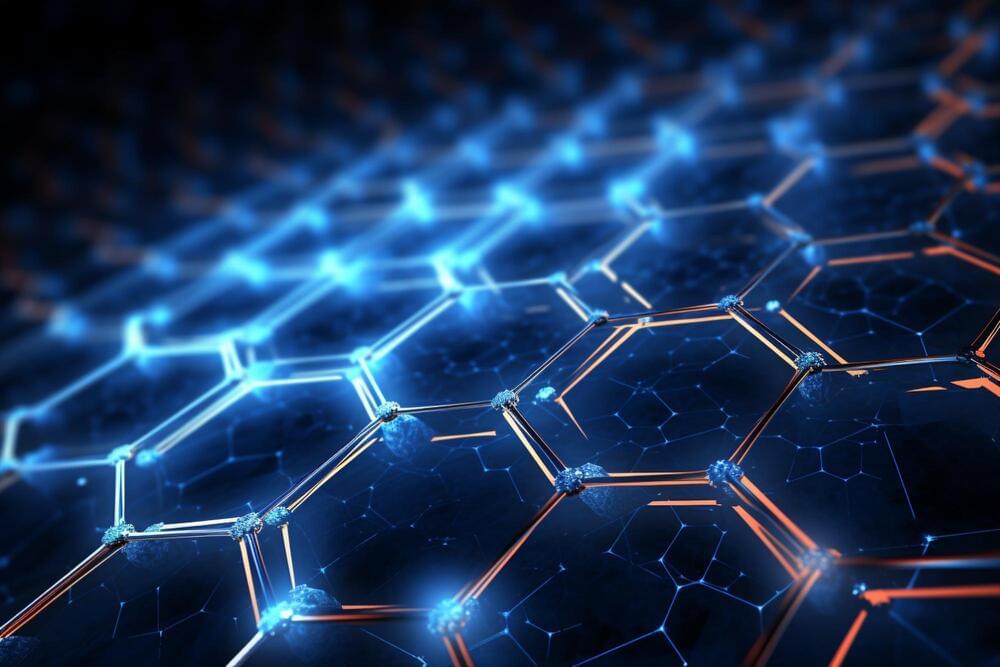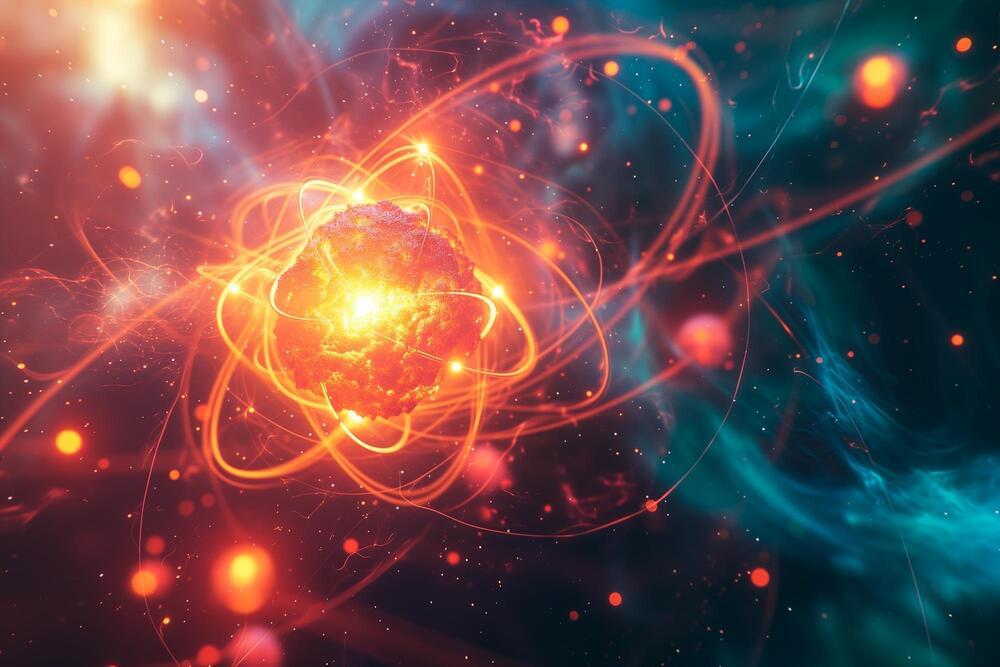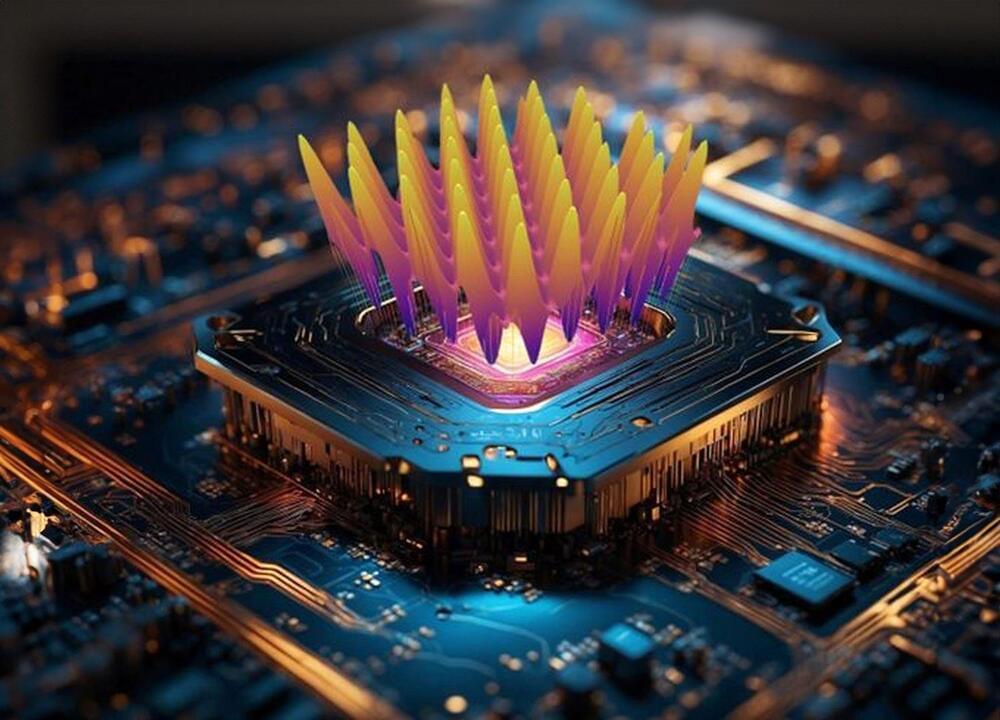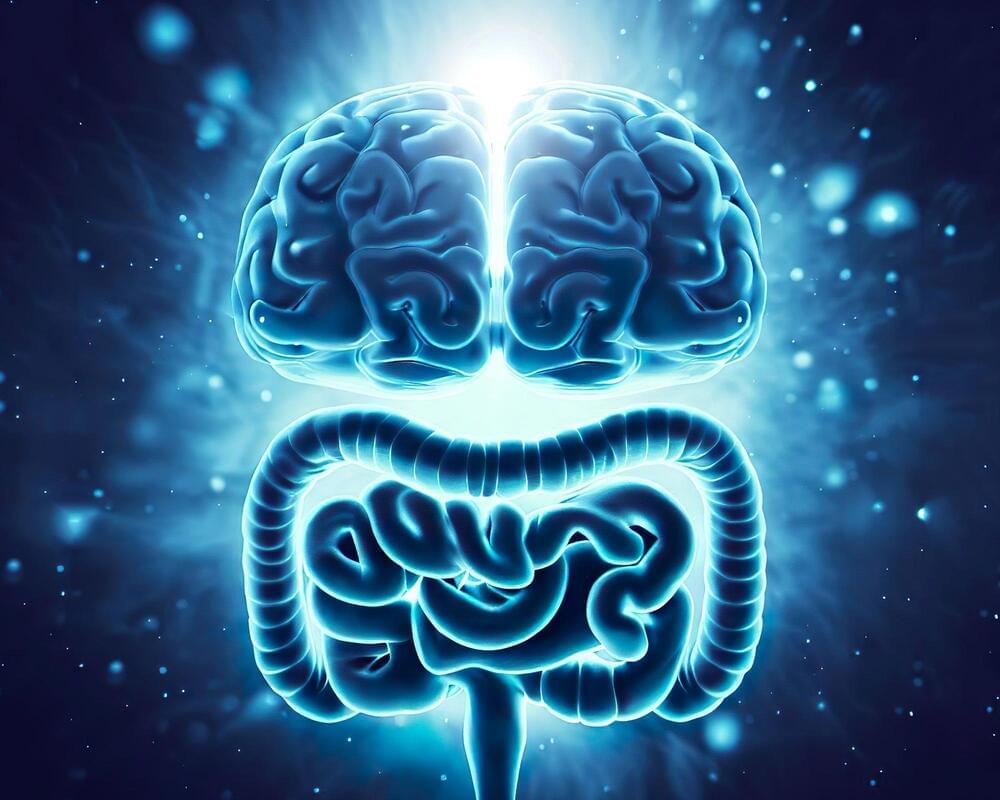Jun 30, 2024
The 5th Industrial Revolution
Posted by Dan Breeden in categories: biological, existential risks, space travel, sustainability
In this episode of the 5th Industrial Revolution VODcast we sit down with Dr. Jordan Okie of Arizona State University School of Earth and Space Exploration to discuss a key relevancy to the next industrial revolution, sustainability, through the lens of Dr. Okie’s area of expertise: Ecology and Biology. Our key takeaways: We are in a race against time and extinction. We will need to find a way to evolve through technology to survive, be it here on Earth or in our exploration of Space.

